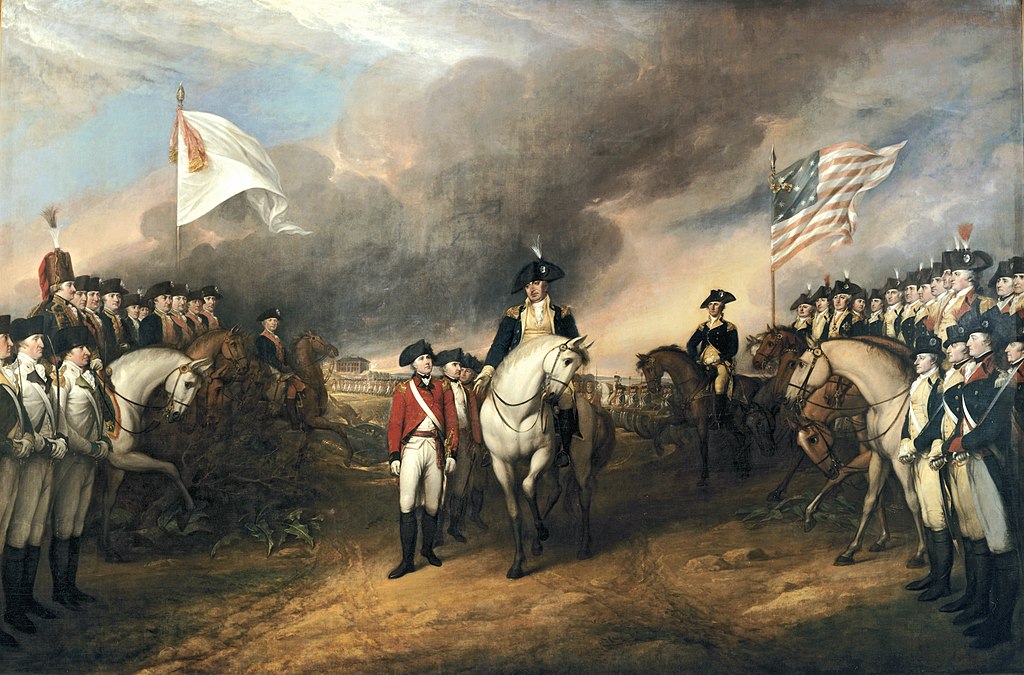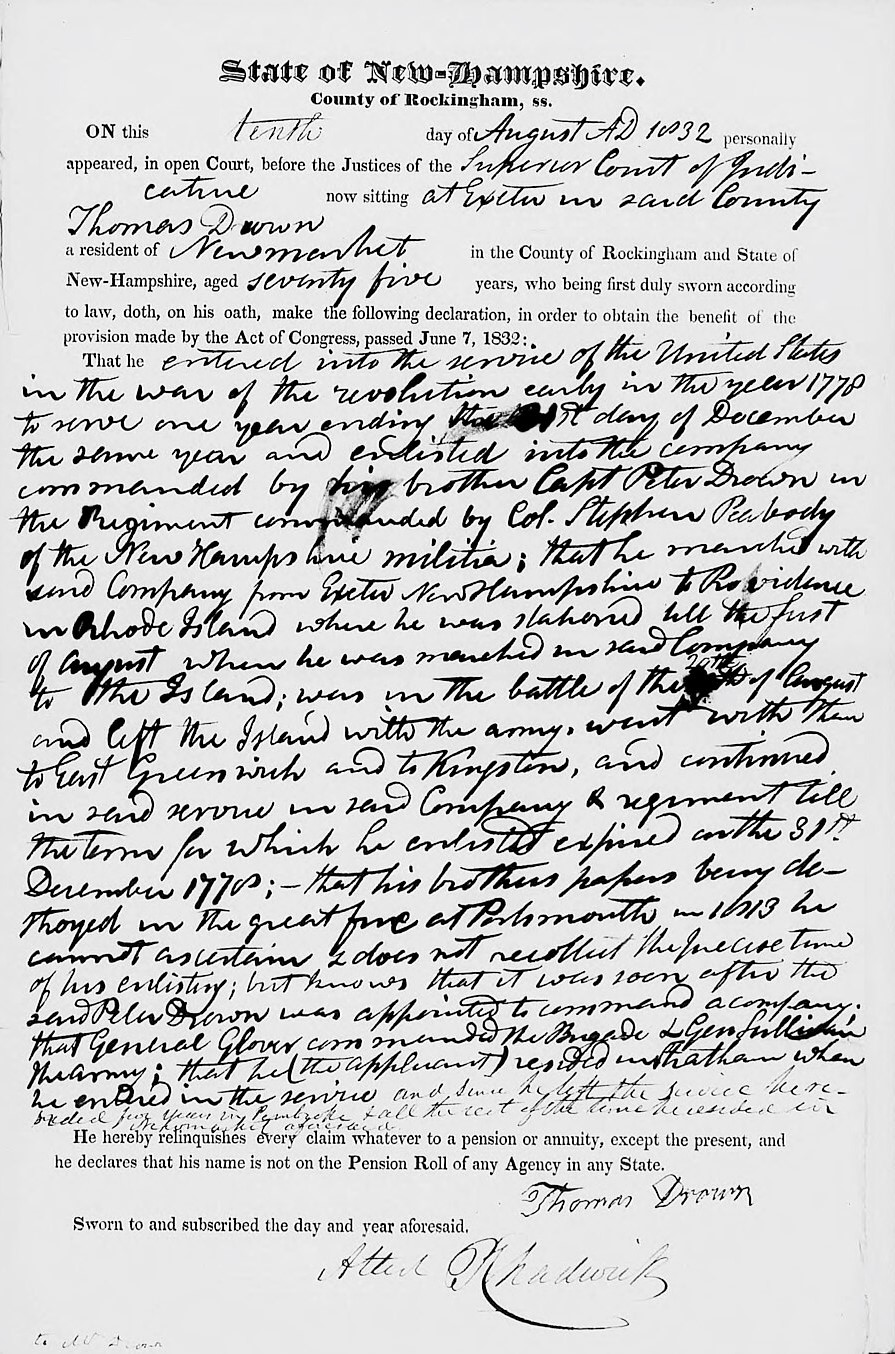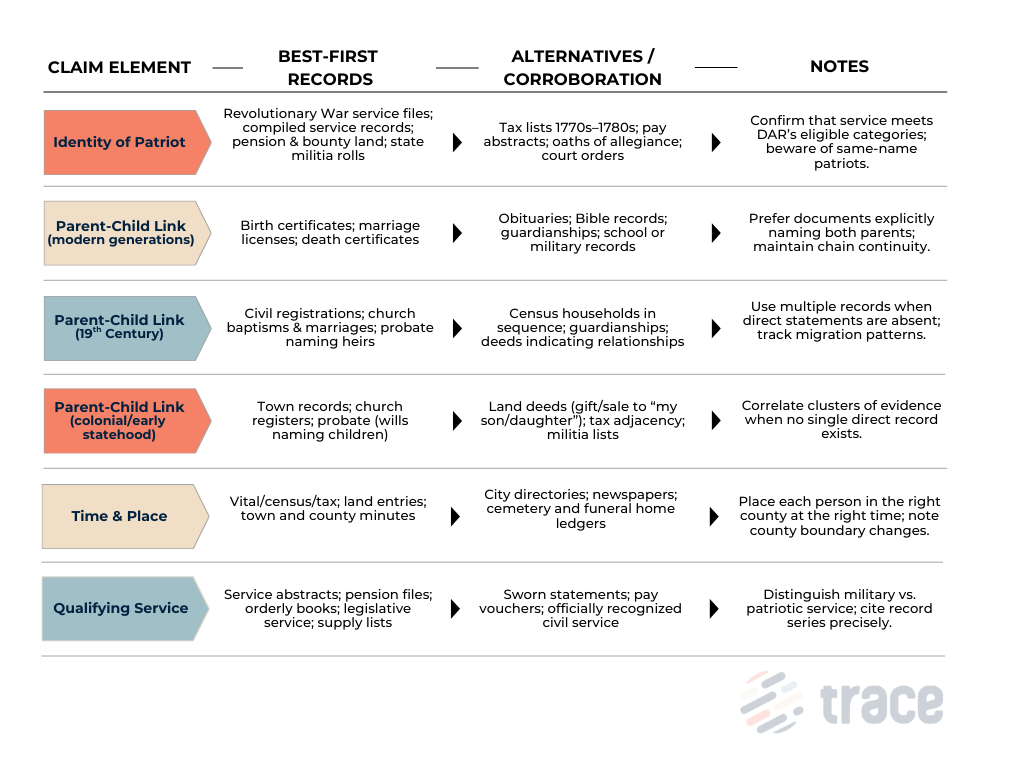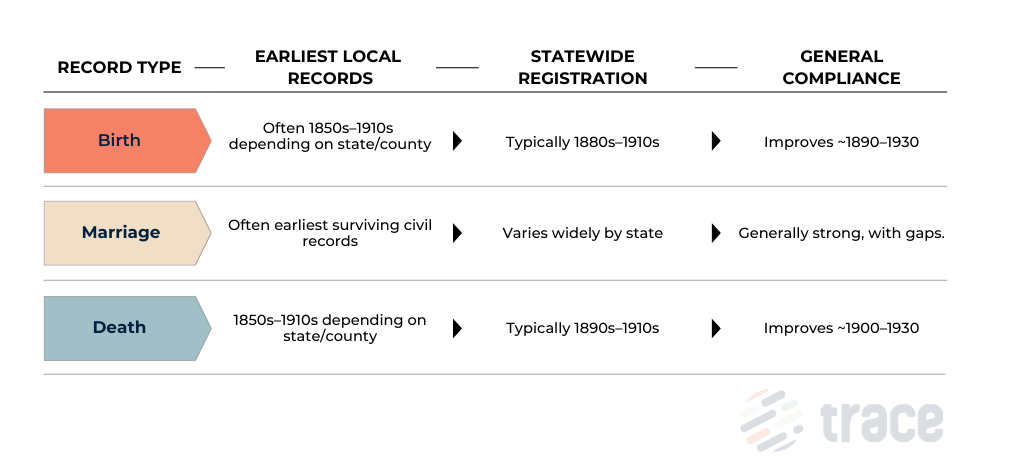If you believe you descend from a patriot who rendered service during the American Revolution, Trace can help you document each generation from you to that ancestor and shape the findings into a DAR-ready submission. Our professional genealogists prepare your application packet in the correct format to the society’s standards.
The Daughters of the American Revolution (DAR) welcomes members who can prove direct lineal descent from an individual who supported the cause of American independence between 1775 and 1783. DAR recognizes military service and eligible civil or patriotic service. Every parent–child link from you back to the patriot must be documented with acceptable proof.
Important: Requirements and acceptable evidence evolve. While Trace aligns research to the DAR’s current guidelines, final membership decisions rest with the DAR. We reference published requirements and tailor your case accordingly.

The American Revolutionary War grew from escalating imperial tensions into a full-scale conflict spanning thirteen colonies and multiple theaters—northern campaigns, the southern backcountry, and the western frontier. Records from 1775–1783 (and the years immediately before and after) appear in federal, state, and local repositories: muster rolls, pay abstracts, pension and bounty-land files, legislative minutes, tax lists, and county court orders. Civilian participation—supplying provisions, taking oaths of allegiance, public service—was essential to sustaining the war effort, and those activities can also qualify when properly documented.
The war not only produced military records but also reshaped civil society. Counties tracked supply contributions, legislatures authorized payments to soldiers and their families, and churches recorded prayers and fasts for the patriot cause. These everyday traces of service, preserved in scattered archives, often provide the crucial evidence needed to prove eligibility for DAR.
Understanding this historical backdrop helps clarify why records may appear in unexpected places and why some patriots left more extensive paper trails than others. Knowing where to look, whether in pension ledgers, tax rolls, or county court minutes, can make the difference between a stalled application and successful proof.
Military service typically includes documented duty in Continental or state militia units; naval or privateer service; and roles such as scouts, rangers, or artillerymen. Evidence often comes from compiled service records, muster/pay rolls, orderly books, pensions, and bounty‑land applications.
Patriotic (or civil) service may include furnishing supplies, serving in recognized public offices, taking an oath of allegiance, performing recognized civil duties, or other activities the society lists as acceptable. Proof commonly appears in legislative journals, county court minutes, audited accounts, tax records, oaths, and supply vouchers.
Final determinations of qualifying service rest with the DAR. Our role is to locate and correlate the strongest documentary evidence available.

For each generation, the Daughters of the American Revolution expects documentation that demonstrates:
We work to the Genealogical Proof Standard (GPS): reasonably exhaustive research, complete source citations, analysis and correlation, conflict resolution, and a soundly reasoned conclusion.

1) What qualifies an ancestor as a DAR “patriot”?
DAR recognizes eligible military and patriotic/civil service during the Revolutionary period. Examples include militia service, public office, furnishing supplies, or taking an oath of allegiance. We align your case with current guidance, but final decisions rest with DAR.
2) Do you format the application to DAR standards?
Yes. Our professional genealogists assemble the packet to the Society’s preferred structure and standards.
3) I found an online family tree showing my patriot. Is that enough?
No. Unverified trees are starting points, not proof. We obtain original records (or the best available derivatives) and build a cited argument that stands on its own.
4) How long does it take?
Timelines vary by record availability and complexity. After an initial consultation, we propose a plan with estimated milestones.
5) Can you prepare the full packet?
Yes. If you opt for assembly support, we organize the submission to align with DAR expectations and include a cross‑referenced exhibit list.
6) What if proof isn’t found?
We report findings transparently, cite all sources searched, and suggest alternate lines or future research options.
7) Do you guarantee acceptance?
No—final decisions rest with the DAR. Our goal is to meet or exceed documentary standards and present clear proof.
Trace adheres to the Genealogical Proof Standard and to best practices in evaluating original vs. derivative sources, primary vs. secondary information, and direct vs. indirect evidence. Every assertion in your lineage is backed by cited historical sources. We address conflicts directly in the report, explain negative searches, and provide reasoned conclusions.
“I had always been told we descended from a Revolutionary War patriot, but proving it seemed impossible with two men of the same name in neighboring counties. Trace’s team sorted the records, matched deeds naming the right wife, and used a pension file to confirm the children. Thanks to their meticulous work, my DAR application was approved.” — Margaret L.
“Our county courthouse burned and we thought the proof was lost forever. Trace’s genealogists pieced together church records, land records, and guardianship bonds to establish the parent–child link we needed. Their persistence gave me the documentation to move forward with my DAR membership.” — Susan H.
(Context varies by state; this quick guide sets expectations.)

For earlier generations, church registers, probate, deeds, and tax rolls become essential substitutes for missing civil vital records.
Contact Trace today to get started on documenting your lineage for your DAR membership application!